Can a kitchen floor be different from the rest of the house?
Here’s what designers say about choosing a kitchen floor that’s not the same as the rest of your home’s flooring
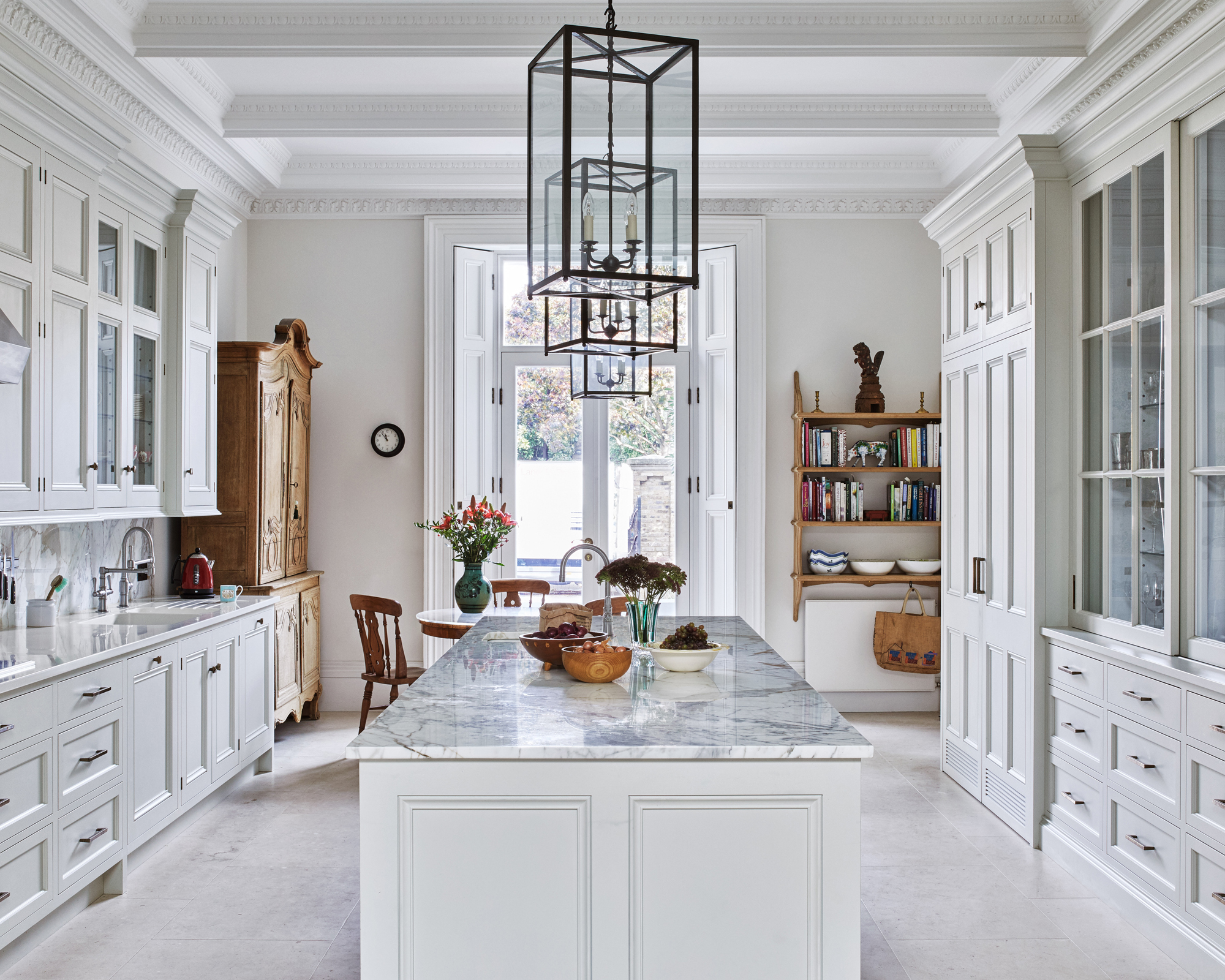

The floor is an important element of a kitchen design. But since it’s part of the flooring for your home, you might be wondering if it can be different from the rest of the house, or whether consistency is crucial to your home’s style.
As an important element of your kitchen ideas, the kitchen floor needs to deal with plenty of daily foot traffic and inevitable spills and splashes and for this reason, choosing a different floor for the room can seem desirable.
So, is consistency preferable, or can choose a different floor in the kitchen that meets the criteria for durability and complement other floorings? We asked designers to give their verdict.
Can a kitchen floor be different from the rest of the house?
The view of the professionals on whether kitchen floor ideas need to be a continuation of other floorings? ‘It’s common for kitchen floors to differ from the rest of the home,’ says Erika Jayne, a DC designer, general contractor and owner of Erika Jayne Design.
What is crucial, however, is creating harmony within the home. ‘When making a flooring selection, be sure to take the history and style of the home into account,’ Erika Jayne says. ‘New flooring is best when it complements the existing flooring in style and color family.’
These are the factors you need to consider when choosing a kitchen floor that is different from other floorings.
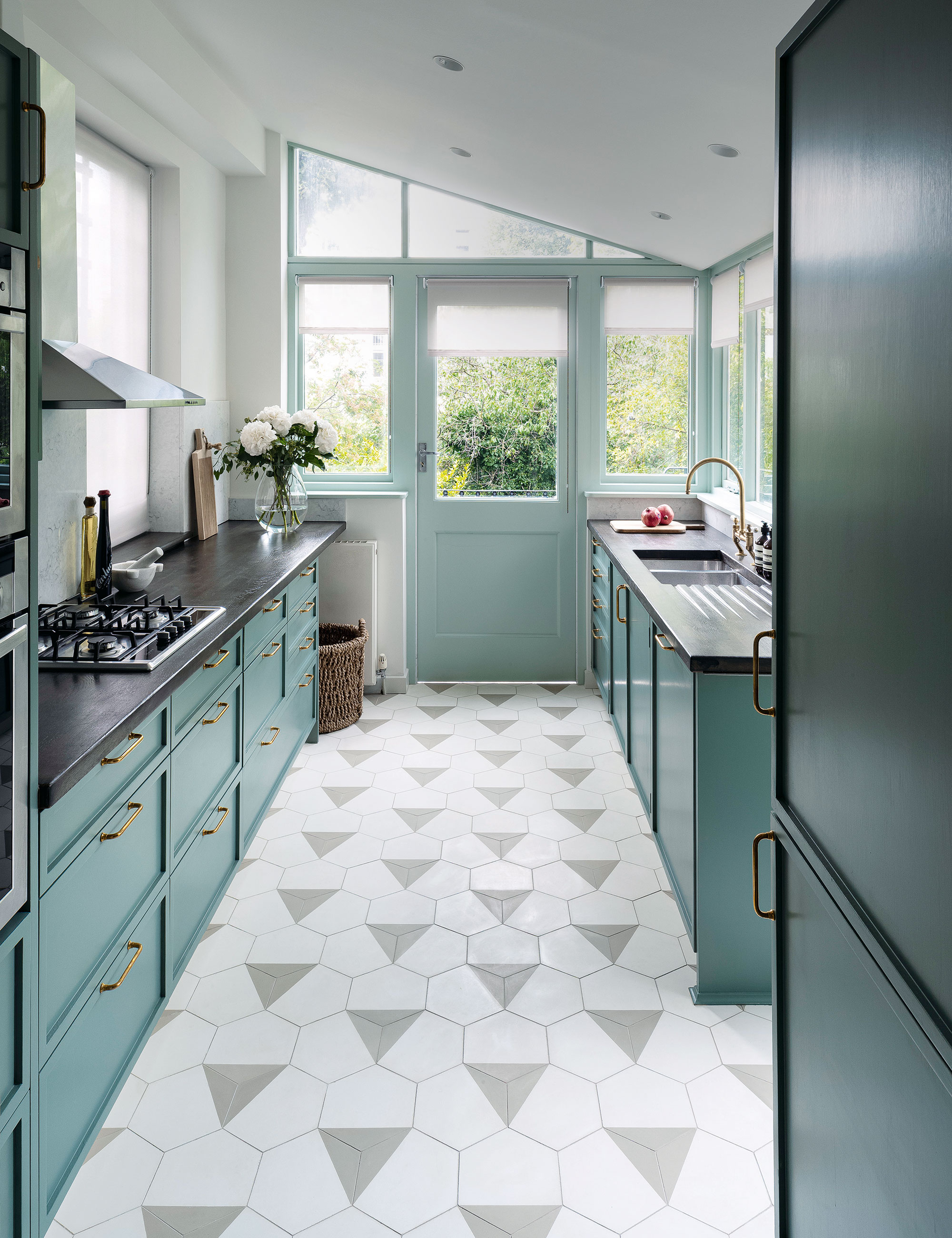
1. Think qualities
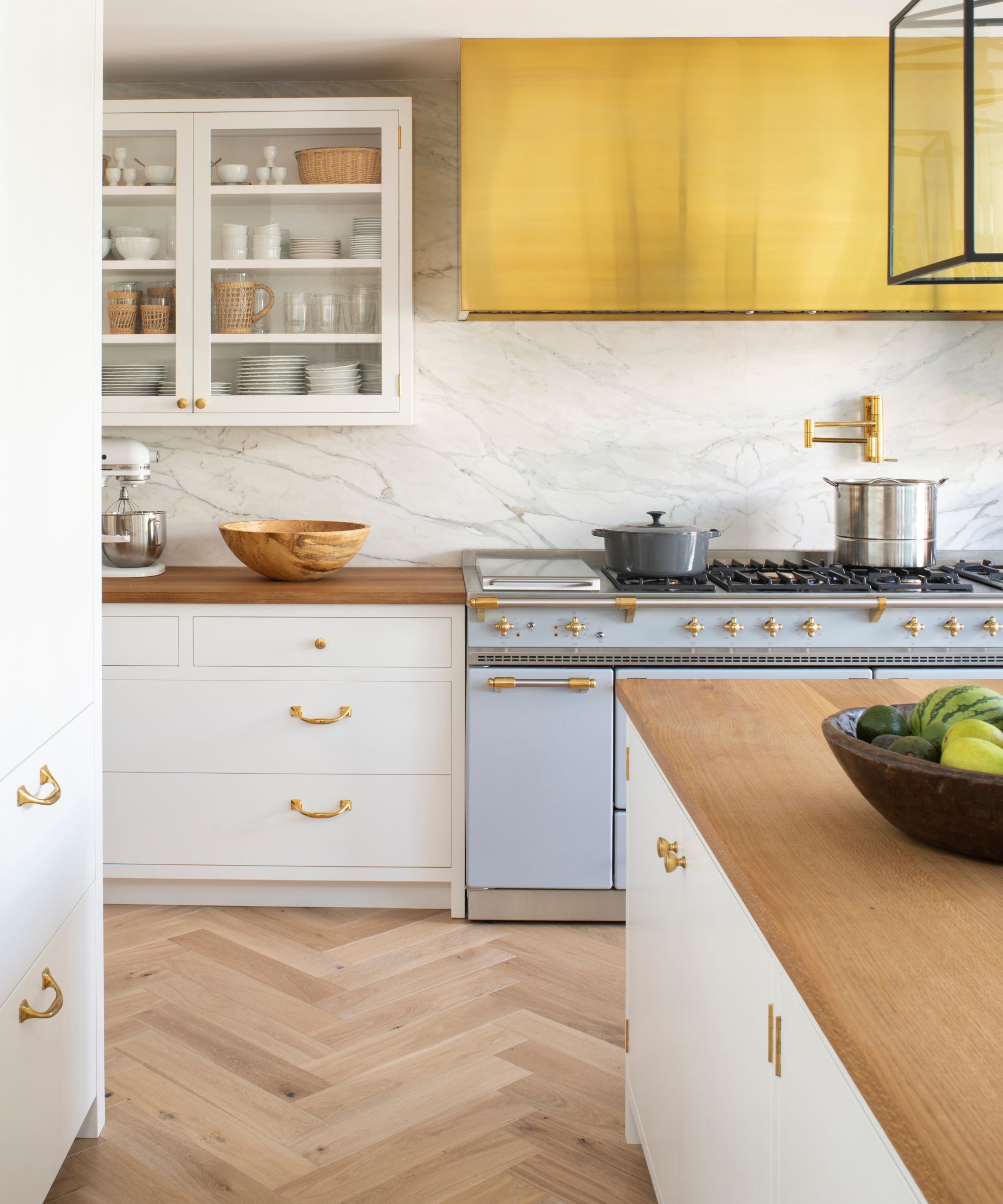
It’s vital to take into account both the look of a kitchen floor and its attributes. ‘The kitchen floor, whether vinyl kitchen flooring or wood, should complement the overall design aesthetic, while also being functional and practical,’ says Artem Kropovinsky, interior designer and founder of interior design studio Arsight, based in New York, NY.
A kitchen creates conditions different from many other rooms in a home. It’s a working room with busy circulation, the floor is likely to get splashed with water, food may be dropped or spilled onto it, and items such as dishes can fall onto the floor surface.
All these factors should weigh into your choice. ‘Key qualities to consider include durability, slip resistance, and ease of cleaning,’ says Artem.
2. Focus on color and material
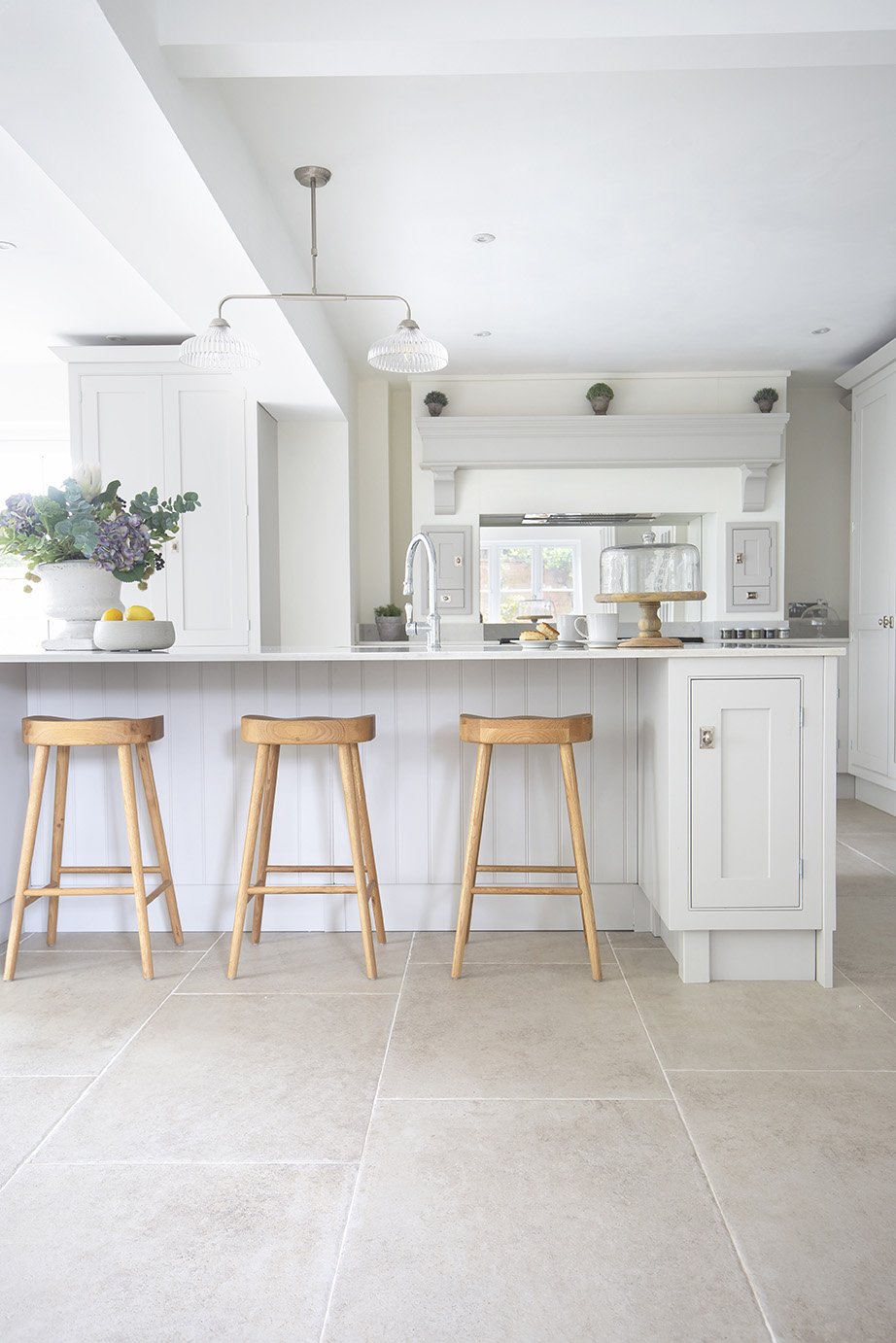
There are a variety of kitchen flooring ideas that will meet the brief for durability, slip resistance, and staining, including both porcelain and natural stone, as well as hardwood floor and wood-lookalike flooring.
But how to ensure the floor you select complements the rest of the house? ‘A consideration to keep the flow consistent is keeping the tone of the kitchen flooring material close to that of the adjacent rooms,’ says Meg Lavalette of Manhattan design studio LAVA interiors.
‘Limestone is a great material for kitchen floors as it can range from warm sand to neutral taupe to cool gray. Choosing a species of limestone that is close in tone to the wood floors in adjacent rooms will keep the eye moving instead of being locked onto the transition.’
3. Consider floor level
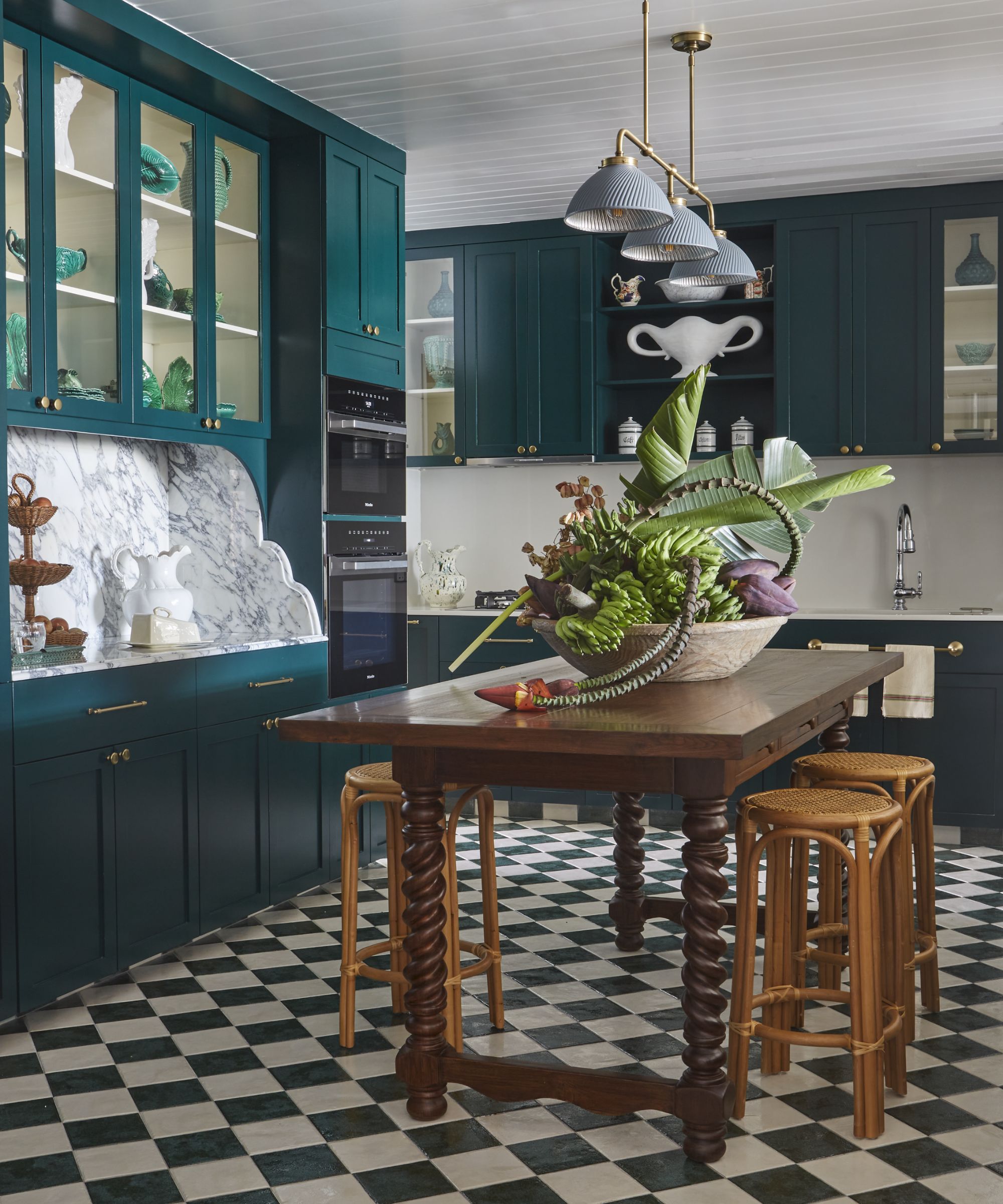
An important consideration that can be overlooked when not laying the same flooring through the house is level changes.
‘When choosing kitchen flooring that’s different from the rest of the house, first consider the thickness of the material,’ says Meg Lavalette. ‘The contractor might need to pull up the existing floor to determine the difference between the subfloor and the flooring in the adjacent room as this will be the guide for what thickness of the material is needed, which is typically ¾ to ⅝ inch. Avoiding height difference between materials means a smooth transition without the need for a saddle or step.’
Should a kitchen floor match the cabinets?
A kitchen floor should complement rather than match the cabinets. ‘For example, if a kitchen has a lot of wood tones I might suggest a porcelain or natural stone that has some veining and movement that complements the color tones of the existing wood, and a pattern that isn’t going to compete with the already existing design,’ says Lauren Czarniecki, owner and principal designer at Czar Interiors in Delray Beach, FL.
‘Or, on the opposite spectrum, if the kitchen is very neutral or all white with not a lot of warmth, this would be a good opportunity to bring in either engineered wood or a wood porcelain tile to soften the space.’
Don’t forget about other floorings. ‘Kitchen flooring, if different from the rest of the home, needs to complement the tone and style of the other materials adjacent,’ says Lauren.
What color kitchen floors are timeless?
If you’re choosing hardwood – or a hardwood lookalike made from a different material – natural colors are a timeless choice.
‘This could include hardwood in natural oak, maple, or hickory and something similar for wood-look flooring products,’ says Sara Babinski, senior design manager at AHF Products, specialists in hard surface flooring.
‘Not only are they beautiful, but they also lighten a room and will continue to coordinate with other interior finishes throughout the home as they may change over your homeowner years.’
The tones of natural stone floors – and porcelain tiles that recreate their look – won’t go out of date either.
Sign up to the Homes & Gardens newsletter
Design expertise in your inbox – from inspiring decorating ideas and beautiful celebrity homes to practical gardening advice and shopping round-ups.

Sarah is a freelance journalist and editor. Previously executive editor of Ideal Home, she’s specialized in interiors, property and gardens for over 20 years, and covers interior design, house design, gardens, and cleaning and organizing a home for Homes & Gardens. She’s written for websites, including Houzz, Channel 4’s flagship website, 4Homes, and Future’s T3; national newspapers, including The Guardian; and magazines including Future’s Country Homes & Interiors, Homebuilding & Renovating, Period Living, and Style at Home, as well as House Beautiful, Good Homes, Grand Designs, Homes & Antiques, LandLove and The English Home among others. It’s no big surprise that she likes to put what she writes about into practice, and is a serial house renovator.
-
 Jeremiah Brent's new NYC-inspired rug collection has got to be the easiest way to bring his modern Manhattan style into your own home
Jeremiah Brent's new NYC-inspired rug collection has got to be the easiest way to bring his modern Manhattan style into your own homeJeremiah Brent has teamed up with Loloi Rugs to create a contemporary collection of home furnishings inspired by his city
By Eleanor Richardson
-
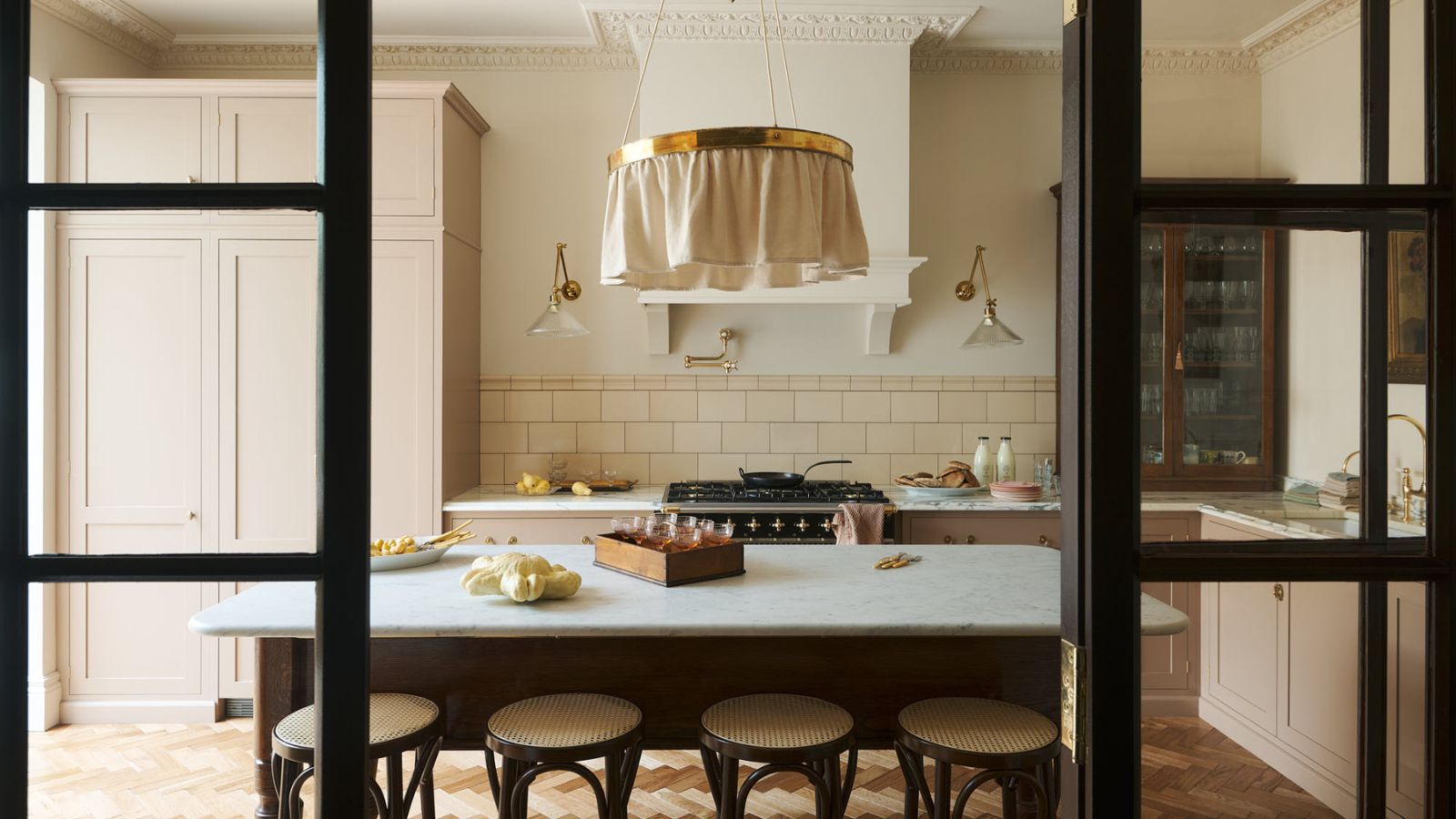 I tried this one easy dishwasher trick and made the annoying need for manual drying a thing of the past
I tried this one easy dishwasher trick and made the annoying need for manual drying a thing of the pastIf you hate those little pools of water left on your cups and crockery, this towel trick is for you
By Punteha van Terheyden